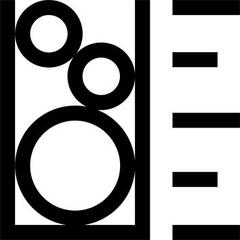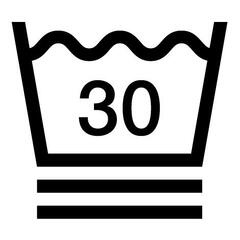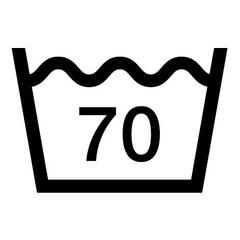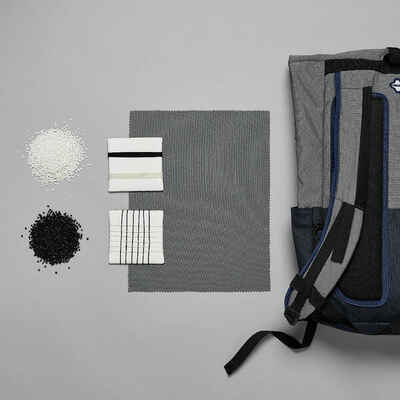Hiking backpack 10L - NH Escape 150 Square
Store Availability
Store Availability
BENEFITS

Capacity
Volume: 10 litres | Weight: 460 g | Size: 37 x 25 x 10 cm
Abrasion resistance
Abrasion-resistant component (lower back) | 10-year warranty
Multiple compartments
1 main compartment with a flap and magnetic buckle closure
Carrying comfort
Padded shoulder straps 10mm | 2 thumb loops | 2 ergonomic handles
Pockets
2 zipped pockets |2 water bottle holders|1x13" laptop pocket|1x10" tablet pocket
Ventilation
2 thick mesh pads for ventilating the back | Ventilated shoulder strapsTECHNICAL INFORMATIONS
WATERPROOFING
Caution: this backpack is not watertight/waterproof and it does not have a rain cover.
If you want to continue walking/hiking in the rain and protect your belongings, we recommend the following model: "10 to 20 L rain cover", which can be viewed on our website, item reference 8772113.
How is the volume measured?
How to adjust your backpack?
2 - Put on the loaded backpack
3 - Tighten the straps
How to fill your backpack?
Tested for optimal durability
composition
composition
Tips for storage and maintenance
 MAXIMUM WASH TEMPERATURE 95°C. NORMAL TREATMENT.
MAXIMUM WASH TEMPERATURE 95°C. NORMAL TREATMENT.
 MAXIMUM WASH TEMPERATURE OF 30°C. VERY MODERATE TREATMENT.
MAXIMUM WASH TEMPERATURE OF 30°C. VERY MODERATE TREATMENT.
 IRON AT A MAXIMUM SOLEPLATE TEMPERATURE OF 150°C.
IRON AT A MAXIMUM SOLEPLATE TEMPERATURE OF 150°C.
 MAXIMUM WASH TEMPERATURE 70°C. NORMAL TREATMENT.
MAXIMUM WASH TEMPERATURE 70°C. NORMAL TREATMENT.
 IRONING AT A MAXIMUM IRON SOLEPLATE TEMPERATURE OF 200°C.
IRONING AT A MAXIMUM IRON SOLEPLATE TEMPERATURE OF 200°C.
Storage tips
Restrictions on use
TESTS AND WARRANTY
Test product
Warranty
Agree by
Videos
Ecodesign approach
With ecodesign, we reduce the environmental impact of our products.
Analysing the product's environmental footprint enabled us to identify the most impactful stages of its life cycle. Thanks to this approach, our design teams were able to develop this product while significantly reducing its environmental impact.
Ecodesign actions on this product
-
 Environmental Impact
Environmental ImpactDesigned to reduce environmental impact
Product made with a CO2eq reduction of 33% compared to the previous or similar product
Our design teams are working to develop processes that will reduce the impact of a product, while preserving its technical characteristics. This reduction relates to the following indicators: climate change, air pollution, water pollution and resource depletion.
-
 Material
MaterialRecycled polyester
Product made from 25% recycled polyester
Using recycled polyester rather than conventional polyester reduces the CO2 emissions linked to the material by at least 16%.
-
 Process
ProcessBiton
Product made from 14% yarn combining dyed and undyed fibres
Using this dyeing process enables us to reduce the CO2 emissions linked to the production of the dyed component by at least 60% compared to conventional dyeing.